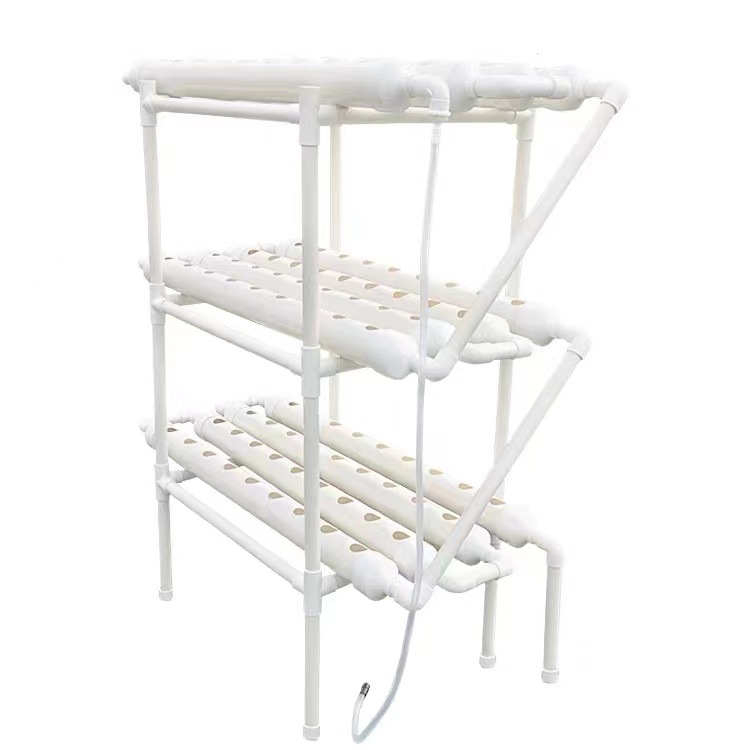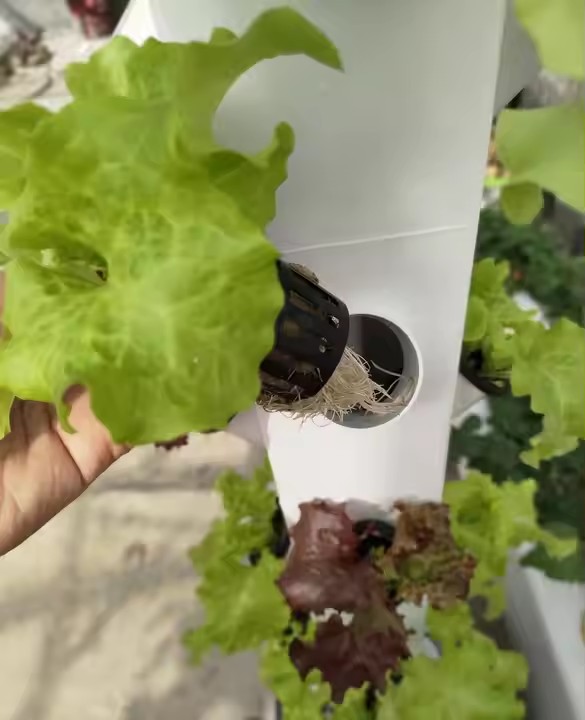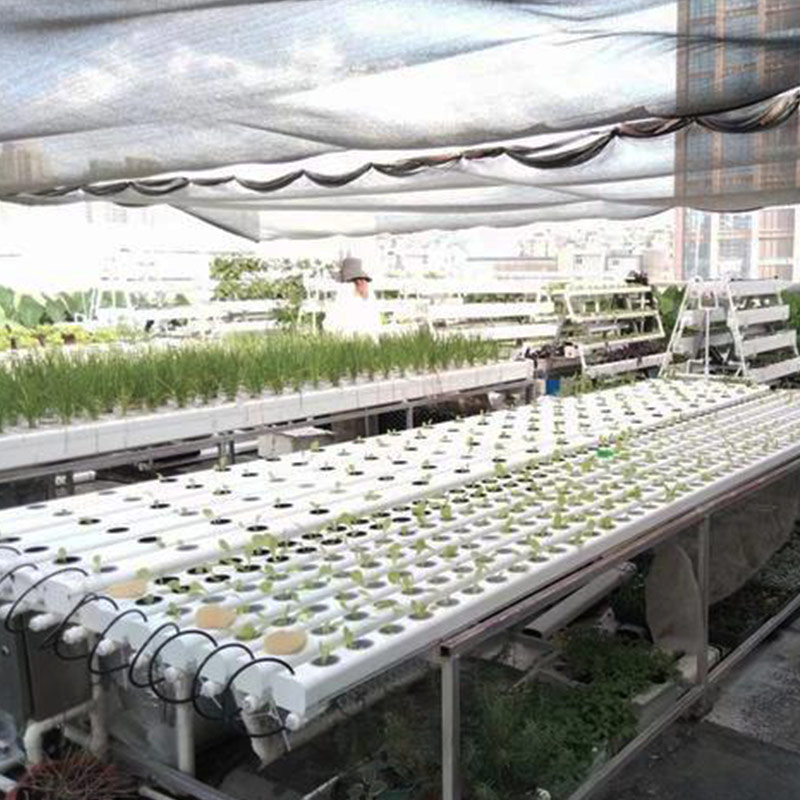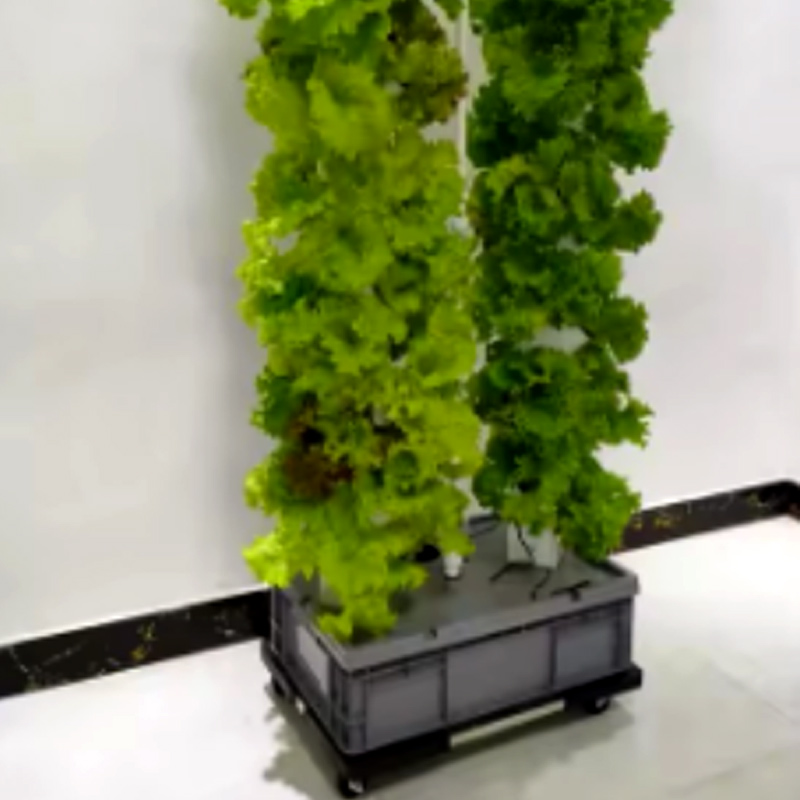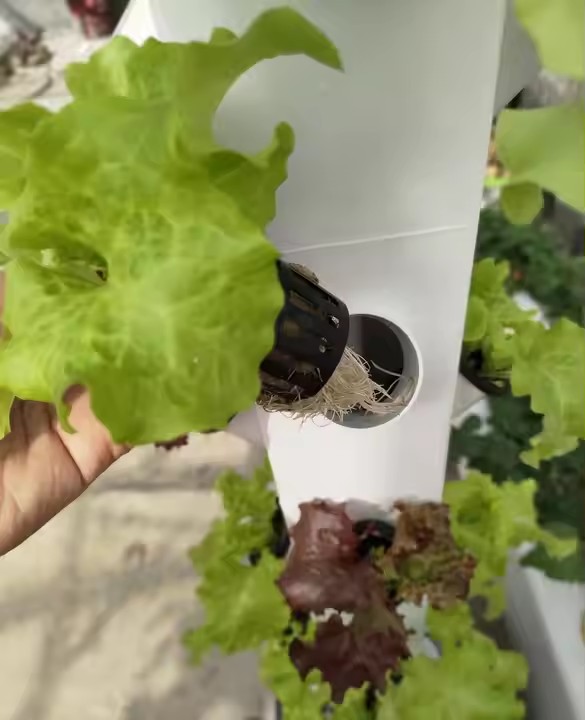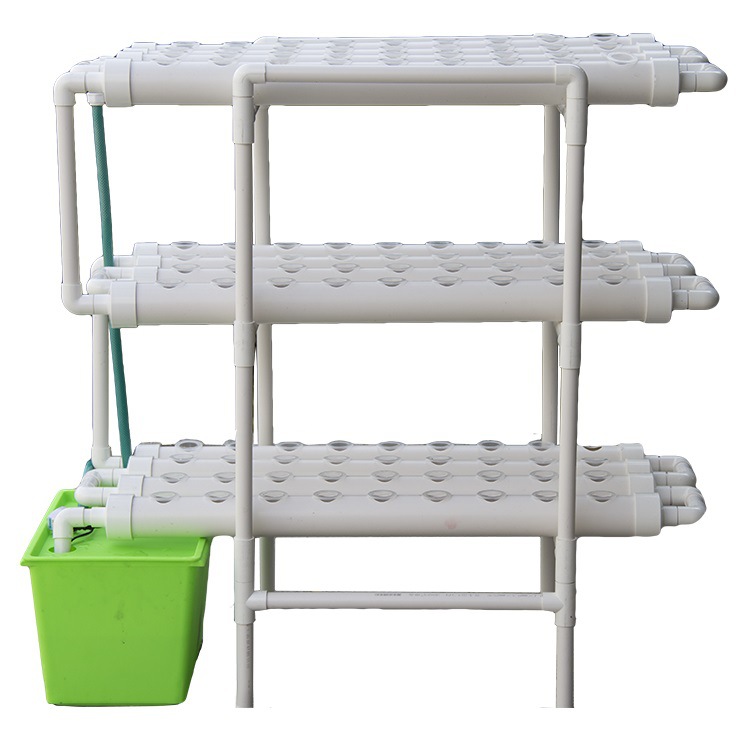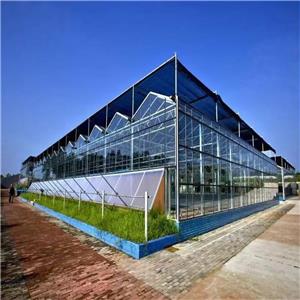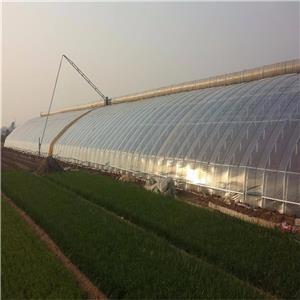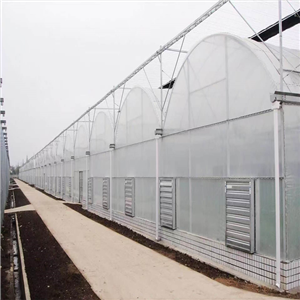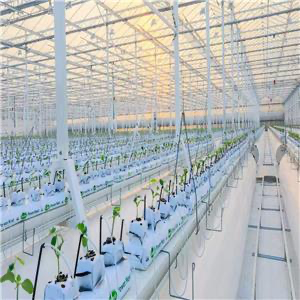
Aeroponics is an advanced soilless cultivation technology where plant roots are suspended in air and periodically misted with a nutrient-rich solution. This high-efficiency system delivers optimal oxygenation and nutrient absorption, enabling 30-50% faster growth than traditional hydroponics.
Aeroponic Soilless Cultivation
1. Introduction to aeroponic soilless cultivation
Aeroponics represents the most advanced form of soilless cultivation, where plant roots grow in an oxygen-rich environment while being periodically misted with a nutrient-dense solution. Unlike hydroponics, which submerges roots in water, aeroponics suspends roots in air, enabling:
98% oxygen absorption efficiency (vs. 30% in soil)
90-95% water savings compared to traditional agriculture
50% faster growth rates for many crops
Pathogen-free root zones due to absence of growing media
NASA research has identified aeroponics as the preferred cultivation method for space missions due to its unparalleled resource efficiency.
2. Scientific Principles of aeroponic soilless cultivation
Aeroponics optimizes plant growth through three fundamental mechanisms:
A. Oxygen Maximization
Roots absorb atmospheric oxygen (21% concentration)
No waterlogging risk
Accelerated nutrient uptake
B. Nutrient Delivery
20-50 micron mist particles penetrate root hairs
Direct absorption without media interference
Precise control over nutrient composition
C. Growth Regulation
Mist cycles induce mild stress → stronger plants
Dry periods stimulate root expansion
Temperature-controlled root zones
3. System Components of aeroponic soilless cultivation
| Component | Function | Technical Specifications |
|---|---|---|
| Root Chamber | Encloses roots | Light-proof, 30-50L capacity |
| Misting Nozzles | Deliver nutrients | 20-50 psi, 50 micron orifice |
| Nutrient Reservoir | Stores solution | 20-1000L, opaque material |
| High-Pressure Pump | Powers misting | 60-100 psi, 1-5 GPM |
| Control System | Manages cycles | Timer or IoT-enabled |
| Sensors | Monitor environment | pH, EC, temp, humidity |
4. Types of Aeroponic Systems of aeroponic soilless cultivation
A. Low-Pressure Aeroponics (LPA)
Pressure: 20-50 psi
Droplet Size: 50-100 microns
Best For: Home growers, education
Cost: 1,000
B. High-Pressure Aeroponics (HPA)
Pressure: 80-100 psi
Droplet Size: 5-50 microns
Best For: Commercial production
Cost: 50,000
C. Ultrasonic Fogponics
Technology: Piezoelectric discs
Droplet Size: 1-5 microns
Best For: Research, propagation
Cost: 10,000
5. Optimal Growing Conditions of aeroponic soilless cultivation
| Parameter | Ideal Range | Monitoring Method |
|---|---|---|
| Air Temperature | 68-77°F (20-25°C) | Digital thermometer |
| Root Zone Temp | 64-72°F (18-22°C) | Submersible probe |
| Humidity | 60-75% RH | Hygrometer |
| CO₂ Levels | 800-1200 ppm | CO₂ monitor |
| Light Intensity | 400-800 μmol/m²/s | PAR meter |
6. Nutrient Formulation of aeroponic soilless cultivation
Essential Elements:
Macronutrients: N, P, K, Ca, Mg, S
Micronutrients: Fe, Mn, Zn, B, Cu, Mo
Additives: Silica (root strength), humic acids
Solution Parameters:
pH: 5.8-6.3
EC: 1.2-2.5 mS/cm (vegetative), 2.0-3.5 (fruiting)
Mist Duration: 3-5 seconds every 3-5 minutes
7. Best Crops for Aeroponics of aeroponic soilless cultivation
Top Performers:
Leafy Greens: Lettuce (all varieties), kale, arugula
Herbs: Basil, cilantro, mint
Fruiting Plants: Strawberries, cherry tomatoes
Root Crops: Radishes, baby carrots
Medicinal Plants: Ginseng, echinacea
NASA-Studied Varieties:
Red romaine lettuce
Dwarf wheat
Soybeans
8. System Design Guide of aeroponic soilless cultivation
Step-by-Step Construction:
Frame Assembly: Build light-proof root chambers
Mist System Installation: Space nozzles every 12-18"
Reservoir Setup: Minimum 20L capacity
Control Programming: Start with 5 sec/5 min cycles
Planting: Secure seedlings in neoprene collars
Commercial System Specifications:
Vertical Tower Design: 30-50 plants/m²
Misting Pressure: 80 psi minimum
Redundancy: Backup pumps and power
9. Misting Optimization of aeroponic soilless cultivation
Key Parameters:
Droplet Size: 20-50 microns (HPA)
Mist Duration: Prevents root drying without saturation
Cycle Frequency: Adjusts for growth stage:
Propagation: 15 sec every 3 min
Vegetative: 5 sec every 5 min
Fruiting: 8 sec every 8 min

